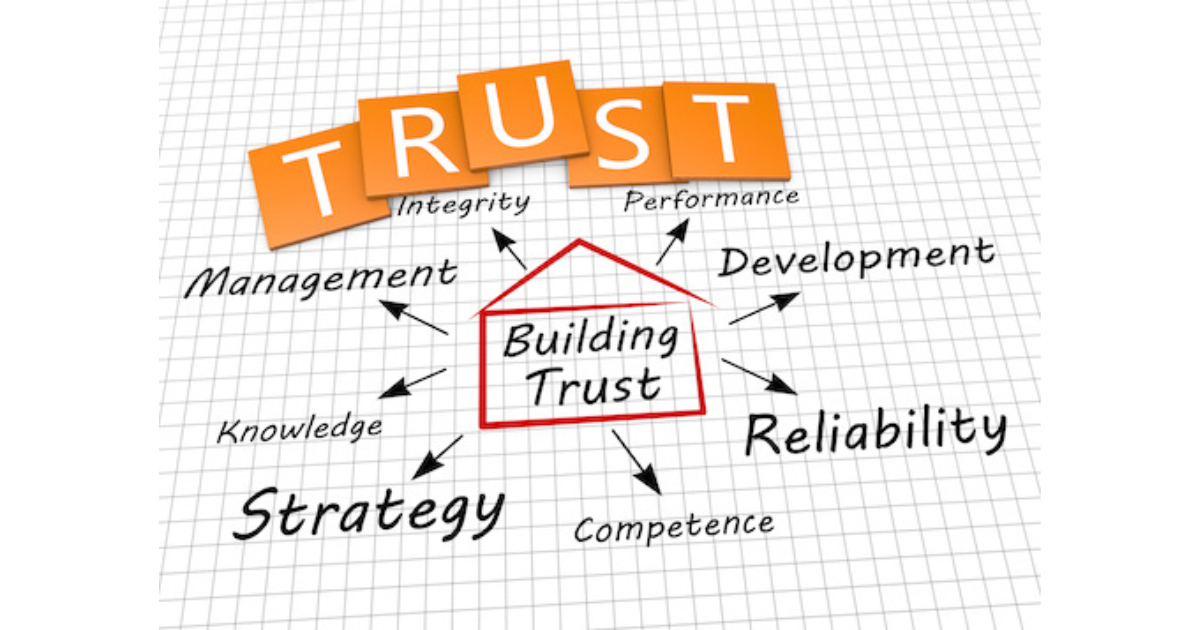Brené Brown is a research professor at University of Houston. Over the last decade, she has spent her time studying vulnerability, courage, worthiness, and shame. In her TEDx Houston talk on the power of vulnerability, she engages her audience with insight and humor. She delves into the understanding of what people who allow themselves to be vulnerable have in common.
One of the elements of vulnerability that Brené explores is that people who allow themselves to be vulnerable have an underlying quality of worthiness. They believe in who they are and all their imperfections. With that worthiness comes courage, compassion and connection.
Trust and vulnerability are intertwined. In order to learn to trust each other, individuals must allow themselves to be vulnerable with those same people. Even the simple act of believing that someone will do what they say they will, is making oneself vulnerable and open to the possibility that they may be let down. The more that trust is developed, the more individuals will gradually allow their vulnerabilities to show through, thus creating opportunities for growth. Developing trust and exposing vulnerabilities in the work place are critical for a team to develop and meet the mission that they were all brought together to fulfill.
It may seem counterintuitive to expose vulnerabilities during professional team building exercises, but with a strong facilitator, team members can grow and learn, and together strengthen their weaknesses. Trust is the foundation and underpinning of any successful team. Without trust and vulnerability, teams will falter and fail.
With openness and honesty, an environment for creativity and innovation can be fostered. When individuals are taught to be open to honest solutions, they will find growth in their roles within an organization and improve both in their skill sets and in their comfortability within the framework of their position.
Leadership coaching programs conducted by trained facilitators, help foster trust and creativity while understanding vulnerability and courage in the workplace. These programs also allow participants to begin understanding emotional intelligence and the need for this within any social setting particularly in the workplace. A strong program may start with EQi-2.0 or EQ 360 assessments to provide each individual with a baseline from which to begin building upon their individual strengths.
The bottom line is that trust must exist in order for team members to successfully offer solutions, take constructive criticism, be open to disagreement, and work through potential conflict. Respect is an important aspect of allowing one’s self to be vulnerable. When mutual respect is fostered and exhibited, ideas and opinions can more freely flow. Without that respect, trust will not occur between individuals in the workplace. Instead, elements of systematic, organizational dysfunction will begin to impact team performance and mission success leading to an environment rife with high staff turnover and major financial implications.
How do you develop trust in your organization?







